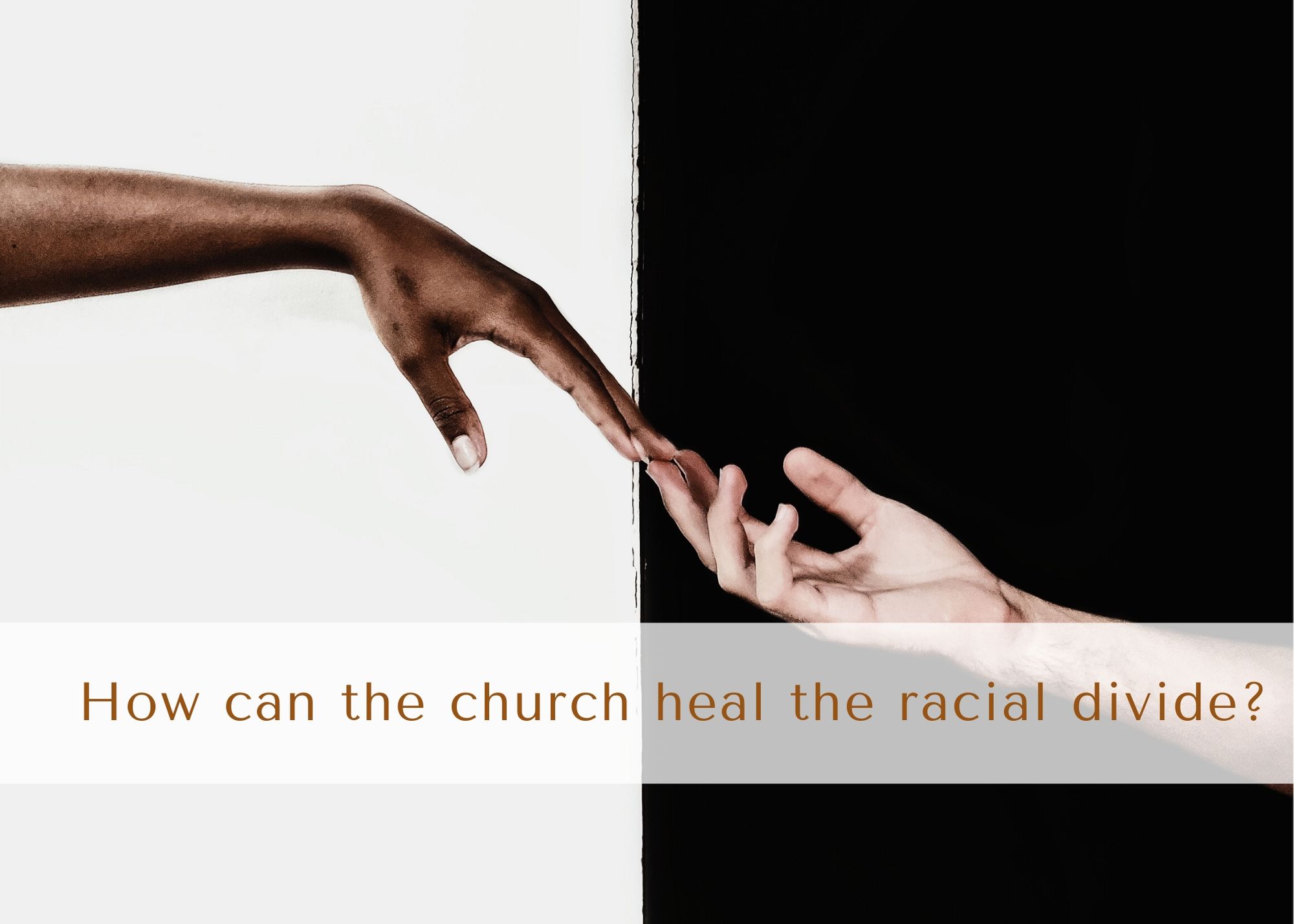A Bridge Over Troubled Waters
June 20, 2020
Years ago, I did a short stint as a secretary for a stately old church near downtown Norfolk, Virginia. It was a quite a building. The mahogany wood work in the chapel and vivid stained-glass windows depicting Biblical tales inspired awe. Crimson velvet pews flanked a traditional center aisle. The lofty ceiling produced magnificent sounds—an acoustical dream for an unknown singer/secretary who would sneak in and belt out show tunes when no one else was around.
Outside, a mighty oak tree shaded the church from the side yard where outdoor gatherings were held.
It was a beautiful sight.
But the church had a secret…
I didn’t attend this fellowship—I just typed up their minutes and assembled their newsletter. And I answered the phone when I was in the office. I didn’t know much about the church when I took the position. I had no notion of their demographics or their financials. I’d never even gone to a service.
They needed a secretary and I needed a job. So we seemed like a good fit.
But it didn’t take long to find out that the church wasn’t doing so well. It was dying off as fast as their elderly members were laid to rest. Despite being surrounded by a large, ethnic neighborhood housing lots of young families within walking distance, the church was… monochromatic.
It was… pale.
It was… all-white.
One day, I asked Walter, who had been the custodian for decades, why the church hadn’t integrated.
“We tried,” he said. “Pastor Fred sent out invitations to local community members, and a few came. But they weren’t welcomed. One of the longtime members saw some black children on the front steps of the church and barked, ‘What is all this riff-raff doing here?’”
Then Walter said, sadly, “They never came back.”
“What are THEY doing here?” I fumed, catching a glimpse into a past that was more present than I realized. “THEY LIVE HERE! The church is in THEIR neighborhood! THEY have more right to be here than anyone!”
The church continued its dissent, rotting away on the inside.
One day, after a particularly fierce storm, I came to work and found that the mighty oak on the church’s lawn had toppled over. It had seemed so strong. So majestic. So full of life. But now, with its underlying root system exposed, the weakness was apparent. The roots were barely a few feet deep. The tree wasn’t connected to anything solid or real. It didn’t have a life source. It was missing living water.
The metaphor was too obvious.
That church, stately and grand on the outside, was decaying on the inside. It was a fading tree surrounded by the very life it needed to survive—but the roots weren’t long enough. They refused to grow. They clung to dangerous ways and ideas of the past.
And like that mighty oak, the church toppled. It is no more. The empty sign out front tells the tale.
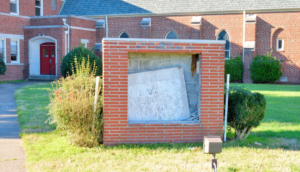
In 1963, Dr. Martin Luther King Jr. said, “It is appalling that the most segregated hour of Christian America is 11 o’clock on Sunday morning.”
King uttered these words over a half century ago. How far have we come?
According to Pew Research, “Many U.S. congregations are still segregated, but things are changing.” Churches where non-hispanic whites make up 100% of the congregation were 11% of all churches in 2012, down from 20% in 1998.
Progress.
But “eight-in-ten American congregants still attend services at a place where a single racial or ethnic group comprises at least 80% of the congregation.”
Road block.
The 2019 Census Bureau estimated that 60% of the U.S. population is white. No single race is 80% of the population, and yet a single race comprises 80% of most congregations.
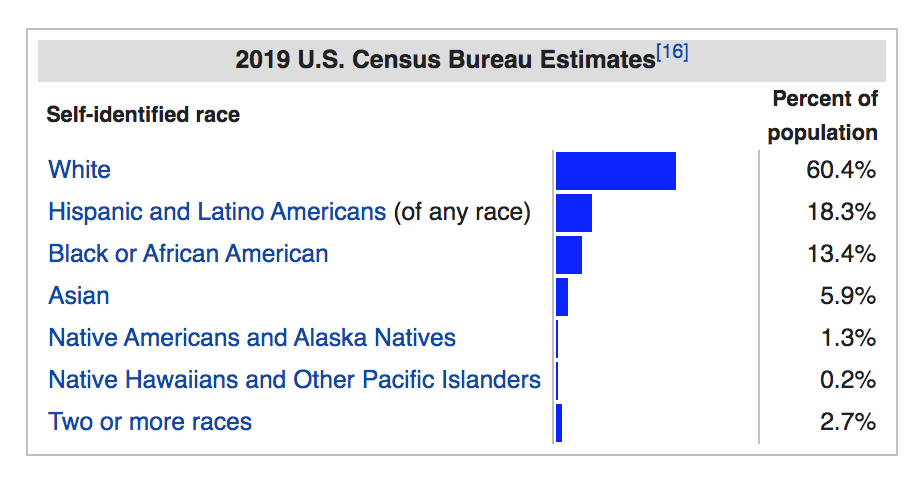
The overwhelming majority of American churches do not reflect the demographics of the population.
Why is that?
The Apostle Paul said, “There is neither Jew nor Gentile, neither slave nor free, nor is there male and female, for you are all one in Christ Jesus.” Galatians 3:28
If we are truly one in Christ, why is the church still so segregated? Why are the Jews meeting in one place and the Gentiles in another?
The church should lead the way in healing the racial divide.
We have the One who unifies us. We have Jesus. We have the bridge.
But too often, the church has has ignored the need. And at times, it has been a breeding ground for prejudice and contempt. It has solidified the chasm and perpetuated the divide. The very place that ought to unify us has become a disparate echo chamber, a place to surround ourselves with people who look like us and think like us while we raise our hands in worship.
The church hasn’t done enough.
But… it’s easy to point fingers at someone else.
The fact is, the church isn’t a building or a space. The church is group of people. The church is—me.
I am the church.
So that means I haven’t done enough.
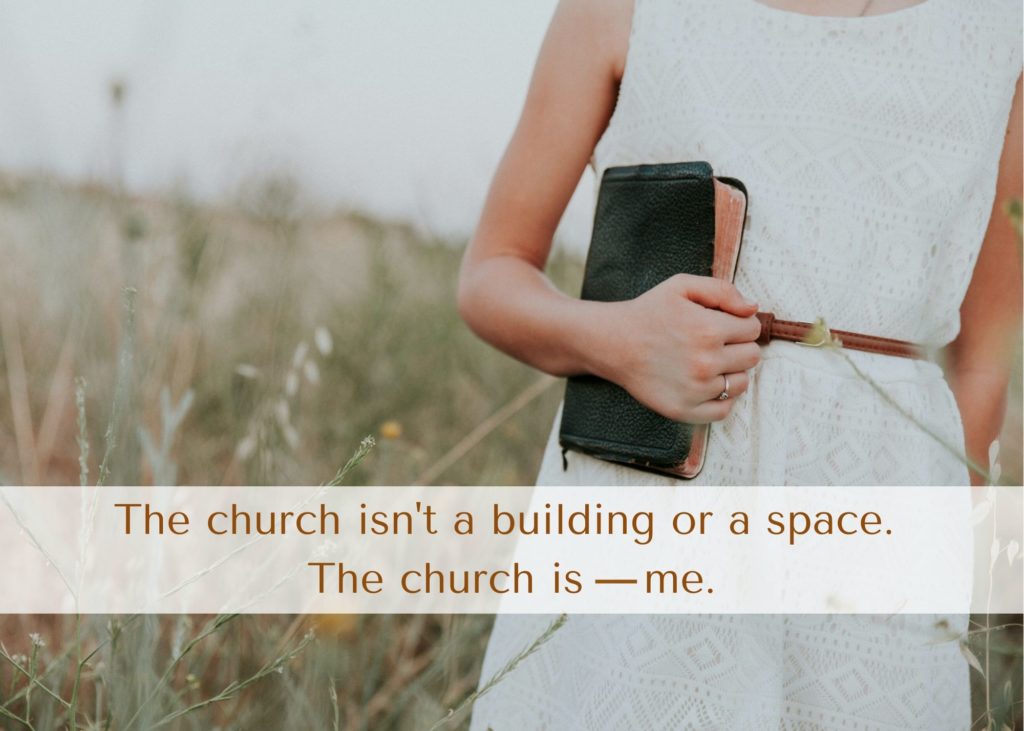
The brutal murder of a man on the streets of Minneapolis has opened our eyes again to the need. It’s always been there. Many have shown us this before.
But where has the church been? Where have I been? How deep are we willing to let our roots grow?
And…
What, practically, can I do?
Not a lot, it seems. I’m a stay-at-home mom on the outskirts of the burbs. My greatest influence is on five little faces that look a lot like mine. I don’t have a political platform or a massive following. No one knows my name.
But… I can pray.
So I prayed. And as I did, the Holy Spirit prompted me to get in touch with some ladies who I shepherded in a small group from my church last year. Many of them are single moms. Quite a few of them are beautifully black and brown. I’d lost touch with them during the stay-at-home orders. With my husband out of work and a hefty school year to complete, I’d failed to check on them. I was consumed with my own problems.
I wasn’t forcing my roots to spread beyond my own needs.
It’s time to listen and to learn.
So I sent out some messages.
Most of my sweet mamas were doing ok. We enjoyed catching up. But one was really struggling. She’s facing bankruptcy. Unemployed with four young kids, she’s been fighting to keep her house for years. And she’s been stuck at home with her children for weeks.
It was such a small thing, but I invited her over and we let the kids play while we talked about her struggles and all the racial pain in her community. She’d been in my home many times before, but for the first time, it was just the two of us. We had a heart to heart. I did a lot of listening. And learning.
I learned about the welfare system and how challenging it is to find a job as a single mom with four young kids. I learned about bankruptcy law and section 8 housing. I learned about spousal abuse and mixed-race relationships. I learned about racial bias in the school and child care systems. And I listened to a different perspective about the horrific events that are plaguing our nation.
There’s a lot I didn’t know. There’s a lot I still don’t know. A lot.
So I listened and learned as our kids built lego planes and battle ships and played house and hide-and-go-seek and then sat around one big table eating hotdogs and bananas.
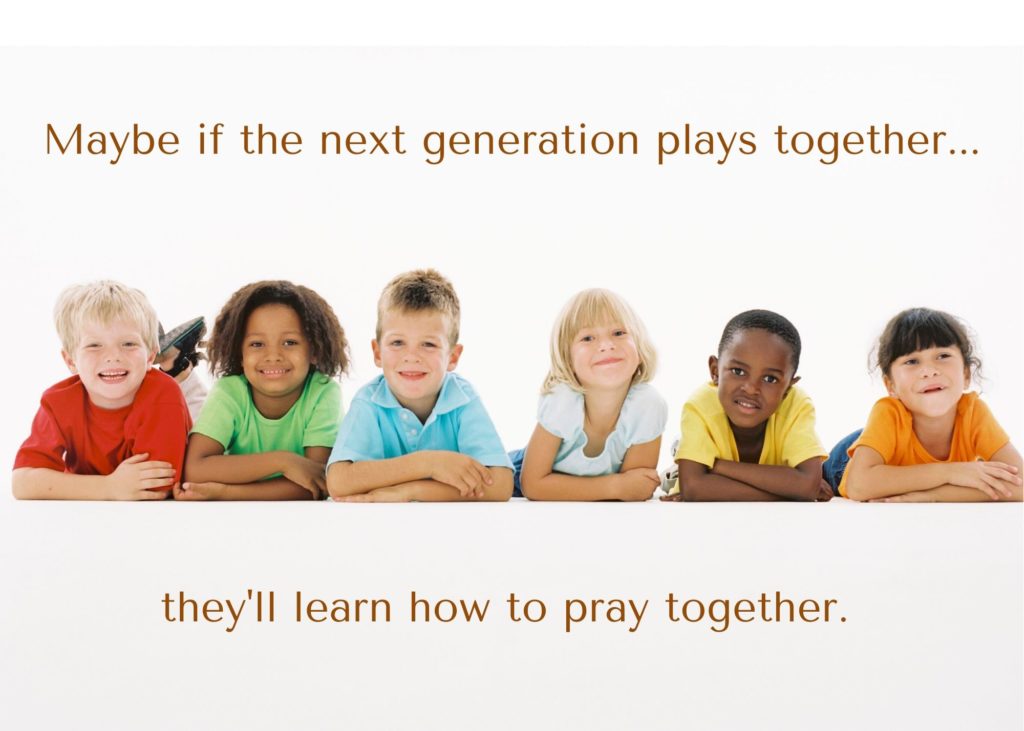
We built a bridge. A bridge that plans to meet again next week. And the next.
Bridges don’t happen naturally. They don’t organically occur in nature, or in life. They are intentional. We have to take the time to build them, just like God built a bridge to us in Jesus Christ. That bridge cost Him everything, but for thousands of years prodigal sons and daughters have been crawling across that bridge to their heavenly Father.
That same bridge can unite us as brothers and sisters across this racial divide. It must. That bridge is the only hope we have to heal the bitter chasm between us.
Senator Tim Scott spoke an eternal truth into our nation’s chaos saying,

God’s solution is in the middle. It is Jesus. He is the bridge that reconciles us to God and to each other. He is the bridge over these troubled waters.
Kneel on that bridge and ask your Heavenly Father what you can do.
And keep asking.
“Five Myths About Motherhood that Make You Feel Mere,
and Why They’re Wrong”
Sign up to be encouraged with the e-book
Meet catherine
Catherine Segars is an award-winning actress and playwright — turned stay-at-home-mother—turned author, podcaster, speaker and blogger. She is dedicated to helping parents be a godly example for their kids in an ungodly world.
Brand Design + Website by Carrylove Designs
@catherinesegars
Brand + Website Design by Carrylove Designs
